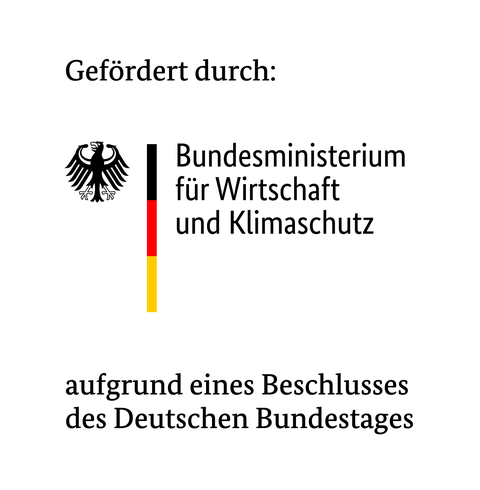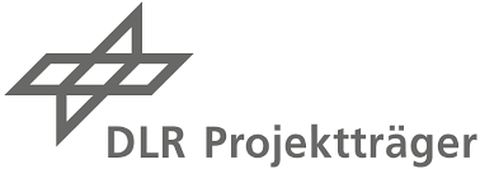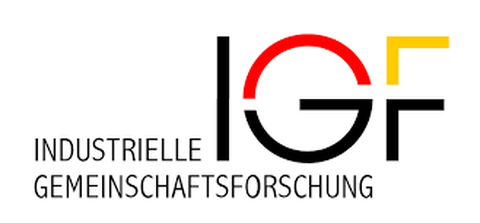RobElKo
Method for the application-oriented evaluation and classification of loads and derived application recommandations for robust electronic components for construction machinery
| Fundinig: |
Bundesministerium für Wirtschaft und Klimaschutz (BMWK) |
| Funding code: | IGF-Vorhaben Nr. 22487 BR |
| Research association: |
Forschungskuratorium Maschinenbau e.V. Forschungsvereinigung Baumaschinen- und Baustoffanlagen e. V (FVB) |
| Partner: |
TU Dresden |
| Duration: |
07/2022 – 12/2024 |
| Contact: |
The aim of the research project is to develop a systematic method for estimating the service life of electronic components, including connection and damping technologies, for construction site applications in line with requirements.
Manufacturers of electronic components and attachments, which in many cases are SMEs, need a development-accompanying method for the application-dependent evaluation/classification of loads/stresses and requirements derived from this for electronic components for construction machinery and attachments.
Electrification, digitalisation and automation in the field of construction machinery lead to an increasing use of electronic components in the machines. However, components available on the market are either not designed for the harsh applications or more resilient components are not used for cost reasons. In addition to the new and further development of electronic components, the development of modern solutions in the assembly and connection technology of electronics is a major adjusting screw. However, there are no suitable guidelines for current test procedures that guarantee a sufficient specification of the electronics.
In order to answer the structural-mechanical and damping-related questions in particular, different installation situations as well as assembly and connection techniques of electronic assemblies must be investigated by means of model-based analyses, electronic components must be tested on a laboratory scale for their robustness against vibrations, shock and temperature fluctuations and evaluated with regard to scale-up application. By identifying the "right" electronics using the targeted method, development costs can be reduced for electronics and equipment manufacturers as well as the operating costs of the users of these machines and attachments can be significantly reduced.



